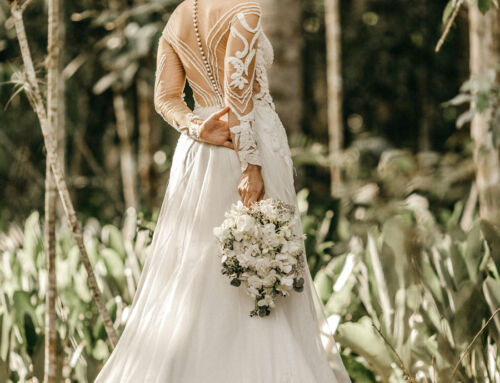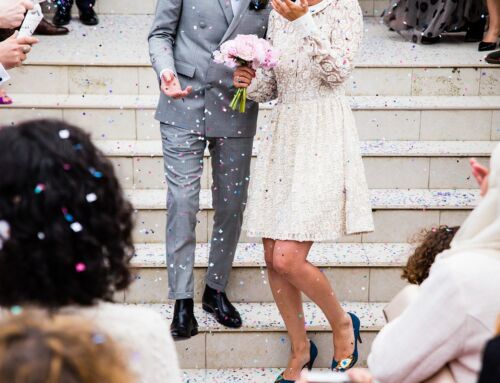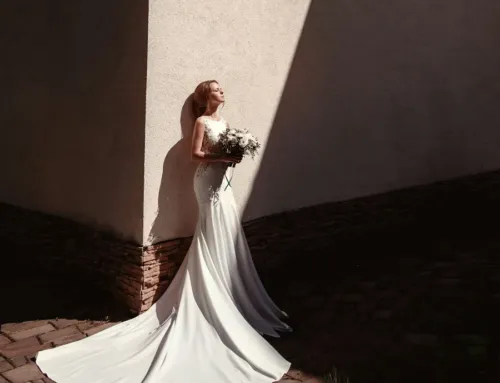Finding the dress is a magical moment—but it’s just the beginning. Behind every breath-taking bride is a skilled seamstress (or tailor) working quietly to ensure that gown fits like a dream. Bridal alterations are the not-so-secret secret to achieving that flawless, custom-fit look that every bride deserves on her big day.
In this guide, we’ll walk you through everything you need to know about bridal alterations—from timelines to top tips—so your walk down the aisle is as seamless as your silhouette.
Why Alterations Matter
Even the most exquisite designer gown needs a little tweaking. Standard dress sizes rarely match your body perfectly, and let’s face it: your wedding dress is probably the most photographed outfit you’ll ever wear. Alterations are what turn a beautiful dress into your dress—shaped to your curves, posture, and style.
Common Bridal Alterations
Here are a few of the most common adjustments brides make:
Hem shortening: To ensure your dress skims the floor perfectly—even in heels.
Taking in or letting out the sides: For a snug (but not suffocating) fit around the bust, waist, or hips.
Bustle creation: To lift and secure your train for dancing and walking post-ceremony.
Strap or sleeve adjustments: For comfort and mobility without slippage.
Neckline reshaping or modesty inserts: For a custom touch or personal preference.
Adding details: Think lace, beading, buttons, or personal embroidery.
When to Start Alterations
The golden rule? Start early. Bridal alterations usually take 2 to 3 fittings over 6 to 8 weeks, but this can vary depending on how much work is needed and how busy your seamstress is. Ideally, schedule your first fitting about 2–3 months before your wedding day.
Top Tips for a Smooth Alterations Process
Bring the right undergarments and shoes. What you wear under your dress can totally change how it fits—so bring your wedding-day bra (if you’re wearing one) and your actual heels.
Don’t crash diet. Your seamstress can adjust your dress to your current shape. Last-minute body changes can make things tricky—and stressful.
Communicate clearly. Be honest about what feels too tight, what looks off, and what you’d like changed. The more detail you give, the better the result.
Budget for it. Alterations are almost always a separate cost. Depending on complexity, you could spend anywhere from £100 to £400 (or more), especially for detailed work.
Final Fitting = Peace of Mind
Your final fitting should be close to the big day—usually one to two weeks before. This is your chance to make final tweaks and see how it all comes together. Bring someone you trust, do a little walk, sit down, dance—make sure it moves with you and feels like it’s made for you (because it is).
In a Stitch: Alterations Are Worth It
At the end of the day, your wedding dress should make you feel beautiful, confident, and completely yourself. Alterations are the behind-the-scenes magic that make that possible. Don’t skip this step—it’s your best investment in bridal bliss.



 Serving: London & Greater London
Serving: London & Greater London




